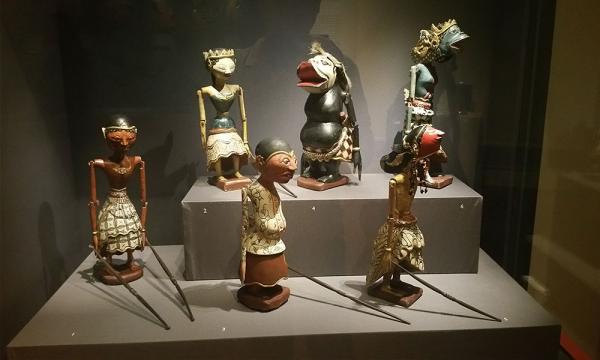HISTORY: TOLD AS IT IS | Despite Malaysia being home to the largest Javanese population outside Indonesia, very little is known about the role and contributions of this dynamic and industrious ethnic group, particularly in the economic development of our nation.
There are not many writings on the historical background of the Malaysian Javanese community. Hence, this article seeks to fill the gap by narrating the early emigration of Javanese to Malaysia, their distribution and growth as well as their role and contributions to the economic development of our nation.
Historically, Java and Peninsular Malaysia had trading relations since early times. During the time of the Malay sultanate of Malacca, Javanese traders from Tuban, Japara and Gresik supplied Indonesia’s foodstuff and spices. The Javanese were also renowned as sailors, shipbuilders and carpenters. In addition, they served as mercenary soldiers and formed a significant part of the Malacca sultanate’s army.
Fifteenth-century Malacca had a Javanese settlement, Kampung Jawa, at Bandar Hilir. There was also another large Javanese settlement at Upeh (Tranquerah) with Utimutiraja as its chief. Utimutiraja was the most powerful and richest Javanese merchant who controlled the rice trade, and reportedly had thousands of men working under him. He was subsequently executed in December 1511 for allegedly plotting against the Portuguese authorities. Among the other leading Javanese at Malacca were Patih Adam, Patih Kadir, Patih Yusoff and Patih Yunus.
Beginning from the 1870s, the Javanese started migrating in considerable numbers to Malaysia, reaching a peak in the early decades of the 20th century. Originating mainly from Central and East Java, they were driven to do so primarily due to poverty, population explosion and land...


